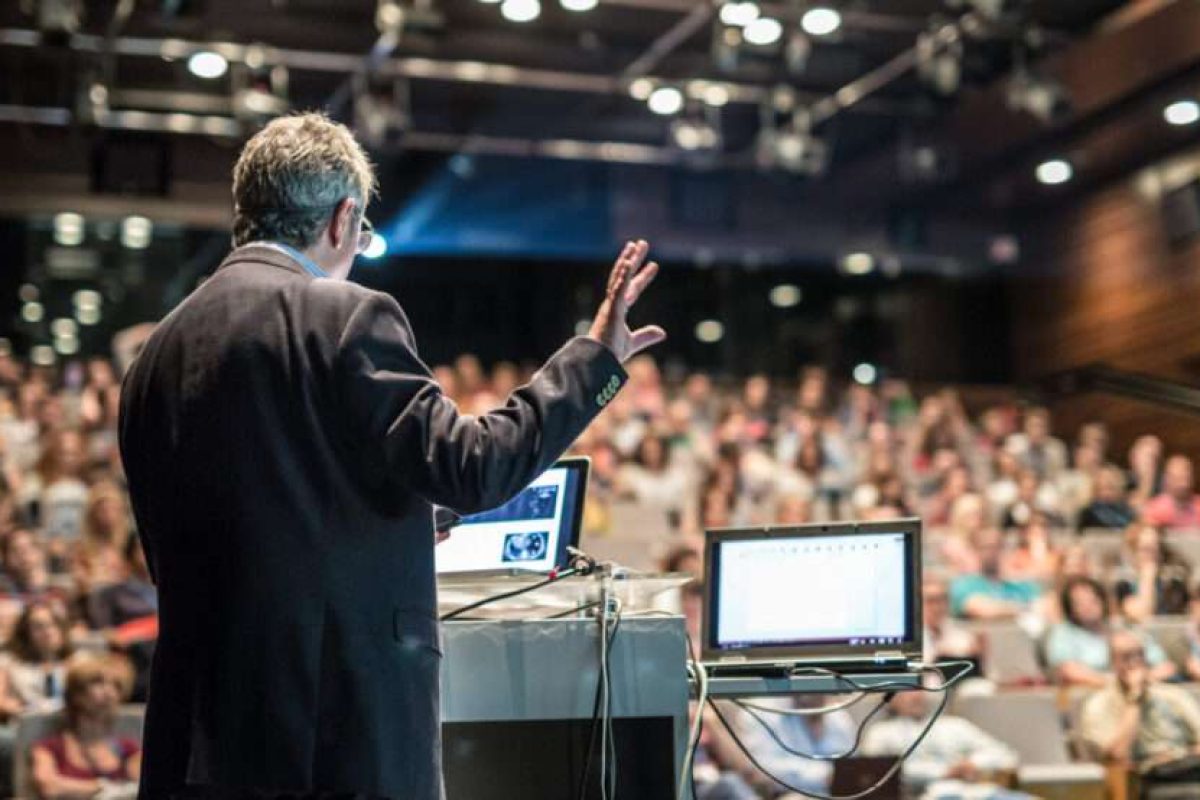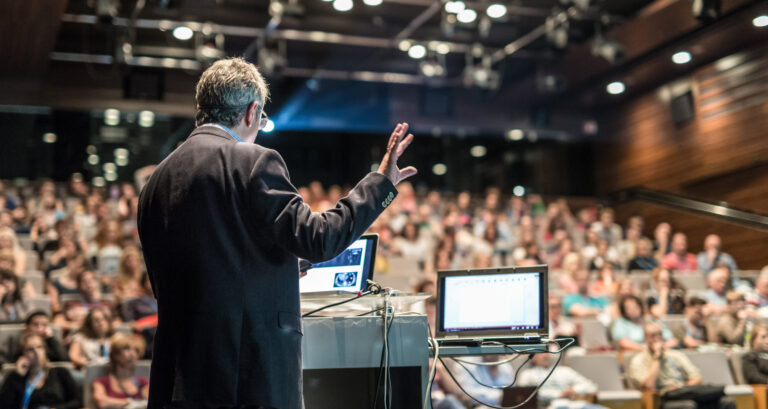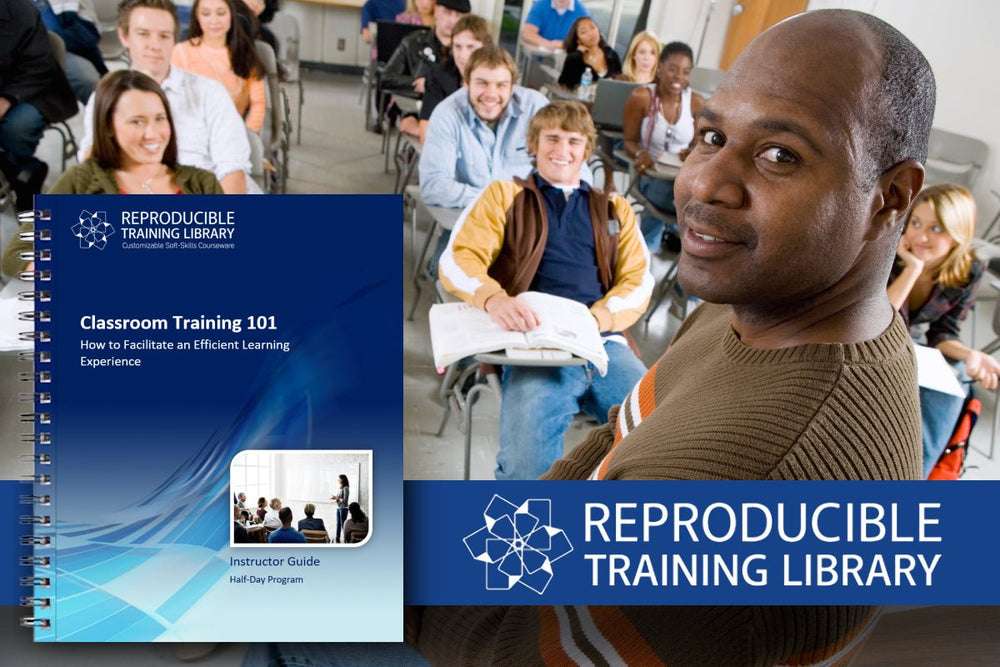Tip One: Play for the Audience
Performers perform because the audience exists. The primary reason for a performance is to please an audience. Rehearsal is not a substitute. Blank walls do not applaud. Only an audience ignites the performance.
Performers who are tired of their role tune the mechanics of the role out and tune the audience in. For those watching, the experience is new, and by focusing on them, the performer becomes one with the audience’s experience. The performer stops living for and enjoying the line and instead lives for and enjoys the audience. It is the audience’s reactions, not the delivery, that make the show a success. Through the audience, the bored performer sees the performance as new.
The material, not the instructor, is the show in learning environments. Great facilitators do not overshadow their learning points. Those points, and the success of the connections those points make with the trainees, determine the success of a learning event. Trainers, teachers, and presenters who are tired of the material can take a tip from performers, focus on the audience’s reaction to that material, and, as a result, see the learning anew.
Tip Two: Explore the Alternatives
Performers never stop enhancing their performance. Actors are told when to enter, how to stand, where to look, what to say, and which emotion to portray while saying what they have been told to say. These are confining parameters. And yet great actors – through subtle variations in the inflection, movement, or look – vary their performance greatly.
Trainers, teachers, and presenters are more fortunate than actors. They are not as closely directed. There is no set character to portray, no word-for-word script to follow, and no one directing the instructor to stand on an “X.” Trainers, teachers, and presenters who become bored with their material should embrace this freedom and deliver it differently. Use a different vocal inflection. Add humor. Run an activity with a different twist. If an actor can stave off boredom with all the specific direction, an instructor with greater freedom can, too.
Tip Three: Refine Your Delivery
Performers constantly hone their craft. Comedians rarely settle for what worked the night before. They insistently try to wring every possible laugh out of a line. Once that line works to its maximum potential, they search for a second line to augment the first. Once that line works, they search for a third and then a fourth. The process of refinement never stops.
This level of honing should apply to training, classrooms, and speeches. The same old, same old becomes tedious, tiring, boring. To the learners, the robotic delivery that results demonstrates a lack of enthusiasm for the material itself. Just as a comedian continually seeks ways to refine delivery, look for another place to stand, a more flowing hand gesture, a different grouping of words, and a clearer way to conduct the discussion. Through this continued search for refinement, you can conquer boredom.
Tip Four: Focus on Emotion
Performers get emotional. Classical musicians play the same notes exactly, flawlessly, in performance after performance. It might seem like they have no room for creativity, but they have wide latitude. Instead of focusing on the mechanics of the notes, the musician focuses on the emotion within the notes. The notes have long since been absorbed into the brain’s procedural memory, allowing the performer to feel rather than think. The music then becomes emotional rather than mechanical. Focusing on this emotion also wards off boredom.
Instructors present the same material so often that their mouths find the content without conscious awareness (much as our car find their ways to work.) This procedural memory skill seems to create boredom, but it is a source of liberation. Once the procedure has taken over, you can concentrate on the emotional message behind the words.
Tip Five: Own the Material
Performers believe in their material. You can spot a bored actor in a second. The performer goes through the motions required by the script but clearly doesn’t own the words he or she speaks. The critics call it “walking the part,” and the audience senses that the performer is not believable in that role. Great actors, in contrast, tunnel inside the character so thoroughly that the actor becomes secondary to the character. At that moment, the actor is not on stage. The character is.
Trainers, educators, and speakers regurgitating required talking points over and over can also become boring. It becomes even more difficult when instructors are required to deliver messages they don’t agree with or support.
Learners can spot the instructor who is “walking the part.” Sometimes, they observe a subtle, vacant look. Other times, they hear a public disavowal of the material. We owe our audience more. As learning professionals, we must become one with the material, believe it, and deliver it in a spontaneous, fresh, and original manner every time.
Tip Six: Reconnect Your Purpose
Performers work for the art, not for the pay. Being a performer is not a job; it’s a calling. Performers do it because they believe their talent is the reason for their existence.
Few instructors could claim that they are trained for the pay. There are certainly more lucrative ways to succeed in business. Each of us became an instructor because of a purpose. Perhaps it was helping people, sharing information, and personal growth. Whatever the case, a reason existed at some point in time.
During my tenure at Disney University (writing training programs for Walt Disney World), I occasionally found myself bogged down in the details of an instructional design. Fortunately, the office was right behind the Magic Kingdom. When I found myself disconnected, I’d sit on the patio. Within a few minutes, the steam train’s whistle would call to me. It was my re-connector. It reminded me of the guests a few steps away who were having the time of their lives and that my purpose was to deliver magical instructional designs to those delivering the Disney magic to guests.
Instructors who have become disconnected should seek out the reason they wanted to teach in the first place. That reason is the fuel to an enthusiastic delivery.
Tip Seven: Make a Move
Performers who cannot reconnect quit. A key difference between performers and the rest of the world is the performers’ attitude towards long-term employment. Most of the world views a job as a multi-year commitment. Performers think in terms of “gigs” that come and go. It’s not that performers object to being permanently employed. Professional artists fear something worse: losing their creative edge. And when they can no longer connect with their purpose in any one job, they make a move.
Likewise, learning professionals who are bored should make a move. Try presenting a different subject. Learn a new skill. Change careers. Bored instructors do both themselves and their learners a disservice. So, celebrate the good times and P-E-R-F-O-R-M. You owe it to yourself. You certainly owe it to your “audience.” Follow these seven steps and, quoting that old Kool and The Gang song, your “good times will last throughout the year.”


























